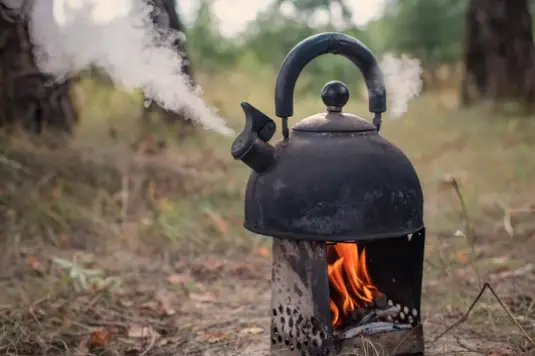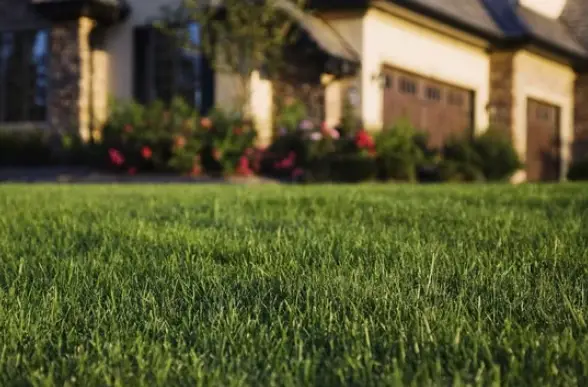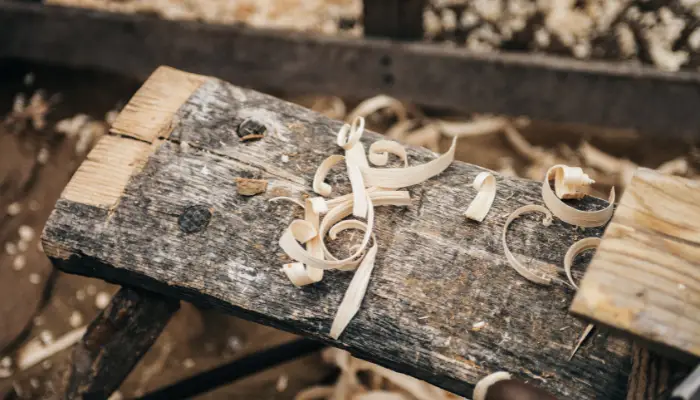How to Choose a Wood Stove Kettle That Won’t Rust
A wood stove kettle is a charming and practical addition to any home with a wood-burning stove.
These classic devices serve a dual purpose: they add a touch of rustic elegance to your living space while also providing a convenient way to heat water for a variety of purposes.
However, one common issue that plagues wood stove kettles is rust.
Here are the reasons behind rust formation, as well as tips and tricks to help you choose a wood stove kettle that won’t rust.
Rust on Wood Stove Kettles

Rust is the enemy of many metal objects, including wood stove kettles.
It forms when iron or steel is exposed to oxygen and moisture, leading to the oxidation of the metal’s surface.
Kettles placed directly on a wood stove are particularly susceptible to rust because of the constant heat and moisture exposure.
The wood stove kettle’s exterior is usually made of cast iron or steel, which are prone to rusting if not properly maintained.
How to Choose a Rust-Resistant Wood Stove Kettle

Material Matters
When shopping for a wood stove kettle, the choice of material is crucial in preventing rust. Opt for a kettle made from stainless steel or enamel-coated cast iron.
Stainless steel is highly resistant to rust and can withstand the high heat produced by a wood stove.
Enamel-coated cast iron provides a rust-resistant barrier while offering the classic look of cast iron.
Proper Maintenance
No matter how rust-resistant your wood stove kettle may be, maintenance is key.
Regularly clean and dry the kettle to prevent moisture from settling on its surface.
Use a soft cloth to wipe away any water droplets or condensation after each use.
This simple habit can go a long way in preventing rust formation.
Seasoning Your Kettle
If you’ve chosen a cast iron kettle, seasoning it is essential.
Seasoning involves applying a layer of oil to the kettle’s surface to create a protective barrier against moisture.
To do this, warm the kettle on your wood stove, then apply a thin layer of vegetable oil to the entire surface.
Heat the kettle for a while to allow the oil to penetrate the metal, then wipe away any excess. Regularly re-season the kettle to maintain its rust resistance.
Avoid Overheating
Overheating a wood stove kettle can accelerate rust formation.
Ensure that the kettle is appropriately sized for your wood stove, allowing for adequate airflow around it.
Overheating can also damage the kettle’s finish, making it more susceptible to rust.
Follow the manufacturer’s recommendations for safe use and temperature limits.
Choose a High-Quality Brand
Invest in a wood stove kettle from a reputable brand known for producing durable and rust-resistant products.
These brands often use better materials and have rigorous quality control measures in place, ensuring that your kettle will last for years without succumbing to rust.
6. Water Quality Matters
The quality of the water you use in your wood stove kettle can also impact its longevity.
Water with high mineral content or impurities can lead to mineral deposits on the kettle’s interior, which not only affect the taste of the water but can also promote rust.
Using filtered or distilled water can help minimize these issues and extend the life of your kettle.
7. Regular Cleaning and Inspection
In addition to the general maintenance of your wood stove kettle, make it a habit to inspect the interior and exterior regularly.
Check for any signs of rust or damage. If you notice any, address it promptly to prevent it from spreading.
You can gently scrub away minor rust spots with a non-abrasive scouring pad and then re-season the affected area if necessary.
Catching and dealing with rust early, you can avoid more significant issues down the road.
8. Keep the Kettle Dry
After using your wood stove kettle, it’s important to dry it thoroughly to prevent any lingering moisture from triggering rust formation.
Leaving water in the kettle or allowing it to sit damp for extended periods can be detrimental.
Make sure to pour out any remaining water, and if you need to store the kettle, keep it in a dry place where it won’t be exposed to humidity.
9. Consider a Rust-Inhibiting Coating
Some wood stove kettle owners opt to apply a rust-inhibiting coating to further protect their kettles.
There are various high-temperature coatings available that can be applied to the exterior of the kettle to provide an additional layer of defense against rust.
Always follow the manufacturer’s instructions when applying any coatings.
10. Customizing Your Kettle
Lastly, if you’re especially concerned about rust and want a unique touch, you can consider having a custom wood stove kettle made to your specifications.
Professional kettle makers can design kettles with extra rust-resistant coatings, materials, or unique features that suit your specific needs and aesthetic preferences.
Conclusion
Anyone who appreciates the appeal and usefulness of these vintage kitchen items would be wise to invest in a wood burner kettle that won’t rust.
You can make sure that your wood stove kettle stays functional and free from rust for many years by choosing the suitable material, carrying out the recommended maintenance procedures, and taking into account additional preventive measures.
A well-kept kettle will continue to be a trustworthy and endearing companion in your house, whether you use it to make a warm cup of tea or to provide humidity during the winter.








